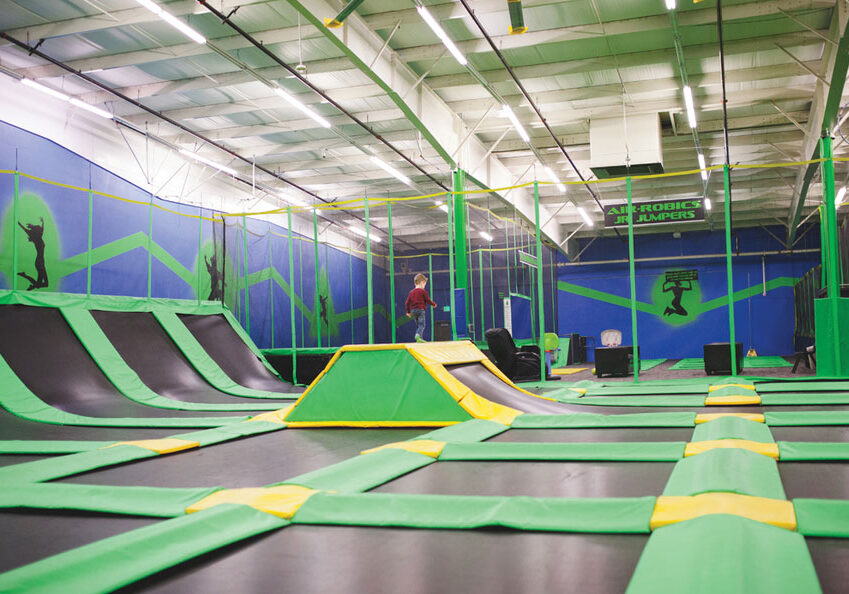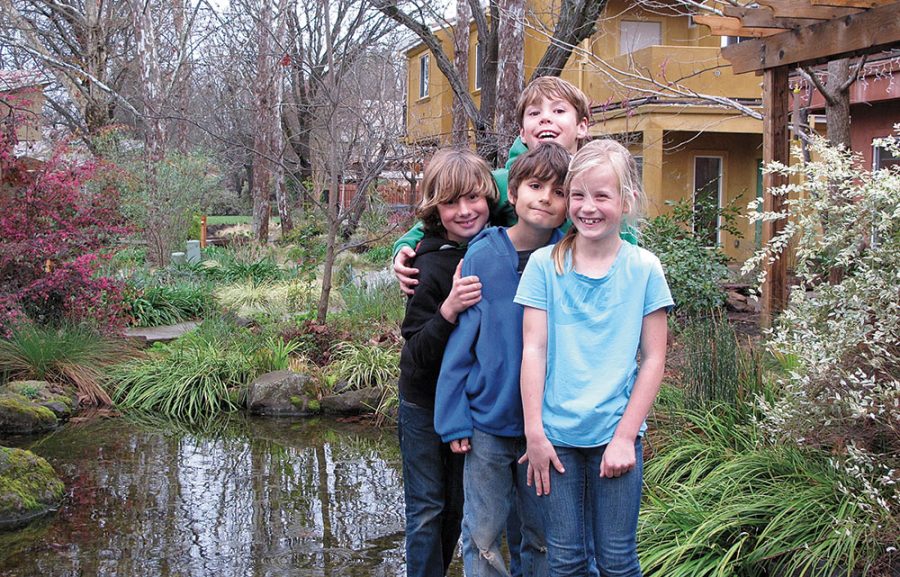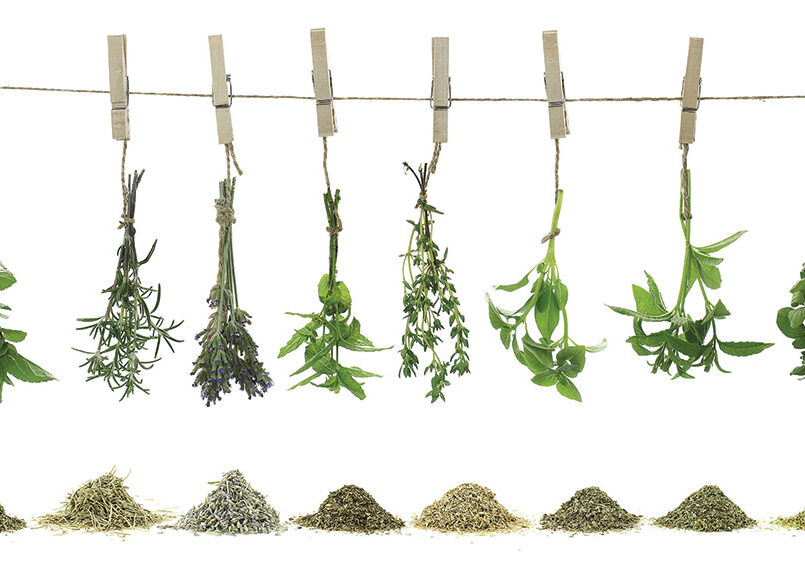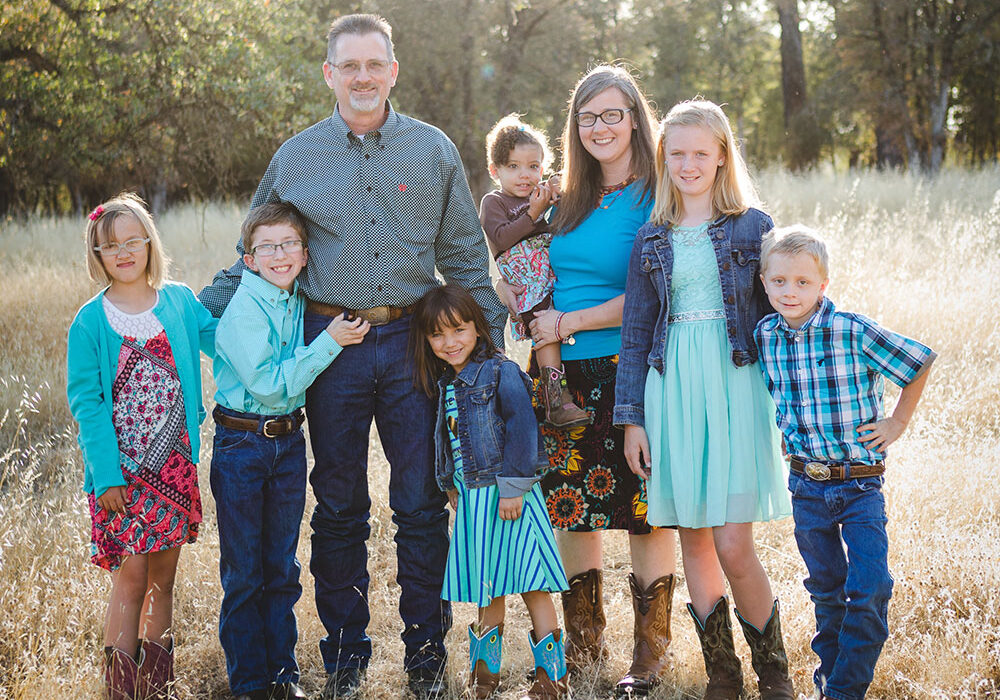Generations ago, before television and cell phones, building a strong community was a way of life. Homes were built with porches where residents could lounge and spend time catching up with the neighbors, enjoying the weather or scolding naughty children. At that time, people were involved in life outside the four walls of their home because they had fewer distractions to keep them from being a part of their community.
How would you describe your community? According to the 1986 study by Dr. David McMillan and Dr. David Chavis, the bonds of community are four-part: membership, influence, integration and a shared emotional connection.
- Membership gives residents a feeling of investment and ownership.
- Influence provides the belief that their voice is heard by others.
- Integration gives social fulfillment.
- Emotional connection meets the needs of the whole person along with basic necessities (food, water and shelter) as well as recreational and economic opportunities.
Modern life has left us disconnected and in response many nonprofits are working to reunite citizens with their community. Shasta Living Streets, a nonprofit organization, was created to provide its community with a dynamic array of opportunities that enable active lifestyles for people of all ages. According to Anne Wallach Thomas, executive director of Living Streets, “Public places are essential to building community. Cities and towns that are built for active living with easily accessible public spaces have healthier family members and higher rates of well-being for everyone.”
Thomas goes on to say, “Sidewalks and downtown plazas, bikeways, trails and neighborhood parks are physical environments that are also social environments. These are the places where our community comes alive – where bonds between family and friends are strengthened – and where people feel connected to their neighborhood, their city and their region.”
Thomas reminds us that neighborhoods with strong public places bring people together and drive economic growth. “Today young people, business owners and retired couples alike are looking to live in places where they can see, meet, learn from and engage with each other,” says Thomas. “In this way, people-friendly places are essential to creating culturally-rich communities. They help us actively stay connected, embrace diversity, empower democracy and build prosperity for all.”
Another organization striving to build community is Valley Oaks Village, a Chico co-housing neighborhood created with a community-centric design. The design highlights homes that face common areas and regular social events, both features that increase interaction among residents and allow them to form the bonds that lead to a strong community.
“At VOV we cook and eat meals once or twice a week in our common house,” says Jay Goldberg, resident and co-founding member of Valley Oaks Village. “We have monthly workdays where we maintain common areas together. Also, at different times throughout the year, we organize special events and celebrations such as a variety show, school-is-out bash for the kids, and a community-wide Thanksgiving dinner.”
“There is a sense of extended family,” says Goldberg. “Our children, as well as the adults, get to know all of our neighbors in our 28-home community. Other households can be relied upon to watch over the kids when the parents need help.” It is this interaction that allows people to come together and bond over shared experiences which leads to understanding, respect and long-lasting friendships.
“The teaching of ‘Love Thy Neighbor’ is universal to almost all religions and ethnic groups,” says Renee Renaud, a 20-year resident of VOV. “I am 80 years old and I grew up in a real neighborhood where most neighbors knew each other and interacted in beneficial ways.”
“In the 1970s,” Renaud says, “I was a single mother in San Francisco and had no family nearby to help me. I organized my neighbors into a community of people who helped each other. Neighbors simply need to be introduced to each other to break the isolation. What I learned is that any kind of opportunity for connection will work. It can be a common issue such as noise from a building project, or a ‘Safe Block’ club, multi-family garage sale, block party or potluck. This taught my children that we are all in this together, and in spite of our differences we can all be neighbors.”
There are many local areas striving to recapture what makes a great community for everyone. Mount Shasta Mayor Kathy Morter says, “At the core of community is a basic desire to belong. We find it through the things we share: values, activities, places we frequent and services we enjoy.”
“For me, vibrant communities are those that are buzzing with people who are mingling, communicating, doing things they enjoy and supporting others,” says Morter. “Community gathering places like libraries, parks, museums and walking trails are all great places where families can interact safely with those who may appear to be different. When we approach others with curiosity and caring, hoping to get to know them better, and play or volunteer side-by-side, we build relationships based on discovering common ground. We create community one person at a time. Just watch our children – they’re the best at it!”
Jena Trzaskalski of Green Paradise Café says, “I think eating healthy foods and getting our children involved in knowing where their food comes from is so important. Eating, shopping and staying local as much as possible helps support our community and each other. It sends a strong message: we are working together and are here for each other.”
Today in our fast-paced society, we are in danger of losing touch with the very thing we derive a sense of purpose in life from… our relationships. It is this disconnection that our children are learning as the new “normal.” Our faces glued to our cell phones, we are often too distracted to say “hello” or “good morning” to the people right in front of us. Without realizing it, we are leaving a legacy of isolation for future generations.
When it comes to community, the main factor is that we, as humans, are social beings who desire a sense of interaction and belonging. The shared experiences and history in a community is what makes it desirable to remain residents year after year. So turn off the television and put down the cell phone and get yourself and your family out there. The technological gadgets will still be there later.
Shasta Living Streets is presenting MarchFourth! Marching Band, a musical extravaganza, dance party and fundraiser, to bring better bikeways, walkable cities and vibrant public places to Redding and Shasta County on Sunday, March 12, at 7 p.m. Your family will enjoy dancing and socializing on the wide wood floors of the Redding Veteran’s Memorial Hall, 1605 Yuba St., where dance parties were common in the 1950s and 1960s. Tickets are available at http://www.shastalivingstreets.org. For more information call (530) 355-2230.
Posted in: Community
Comment Policy: All viewpoints are welcome, but comments should remain relevant. Personal attacks, profanity, and aggressive behavior are not allowed. No spam, advertising, or promoting of products/services. Please, only use your real name and limit the amount of links submitted in your comment.
You Might Also Like...
The Gateway Science Museum – Building a Bridge Between Community, Education & Nature
At the heart of Chico, nestled between the university, Bidwell Park, and the town’s downtown area, lays a local gem, the Gateway Science Museum. The museum stands out for its […]

Rare Air Trampoline Park: A North State Gem for Birthday Fun
Rare Air Trampoline Park A North State Gem for Birthday Fun Whether your child is a tiny tot or a teenager, Rare Air Trampoline Park is sure to turn your […]

How Does a Small Town & Small School Make Room for Music Education?
McCloud is a small rural town on the southern slope of Mount Shasta. It’s also an exemplary model of promoting arts in education – each year the town proves that […]

My Mother’s Day Won’t Revolve Around My Kids And I Refuse To Feel Guilty About It
Like orphaned socks, random game pieces, and naked dollies, my mom guilt pops up nearly everywhere. I wonder if I spend too much time on my phone and not enough […]




